The Hidden Problems With Puerto Rico’s Water Supply
Hurricane Maria exacerbated long-term issues, and researchers are only just starting to understand how.
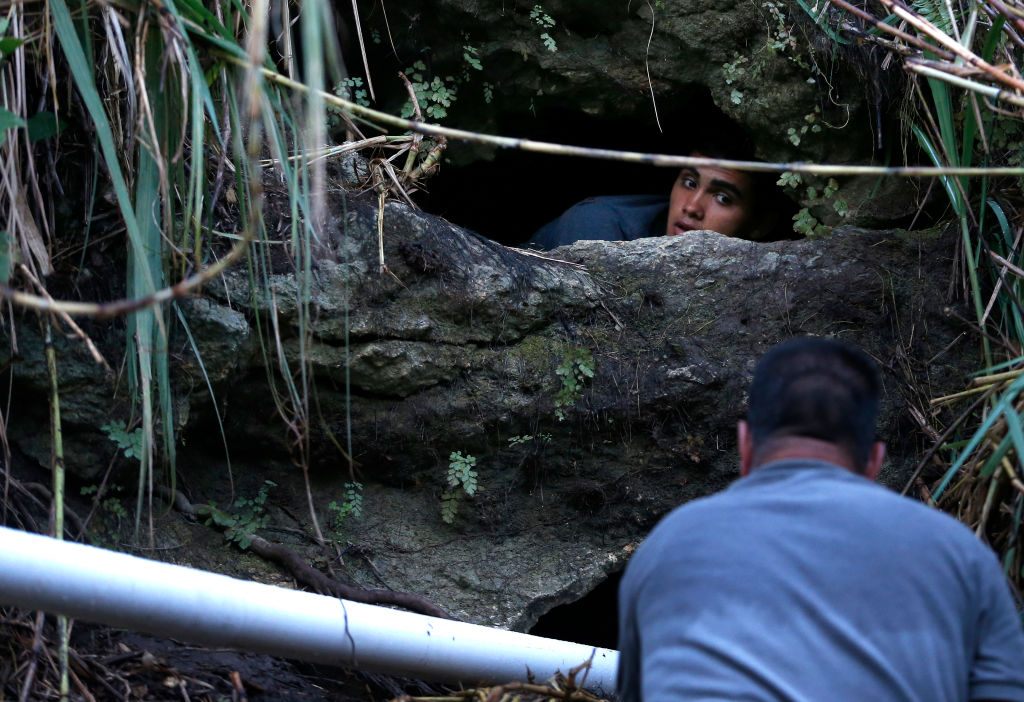
In Dorado, Puerto Rico, the problems with the water began in the 1980s, when industrial solvents and dry cleaning compounds started to show up in local wells. Over the next three decades, when officials from Puerto Rico’s water authority and health department came to test the water, they kept finding contaminants. By the 1990s the problem had become troubling enough that wells began to be shut down. By the 2000s, the Environmental Protection Agency (EPA) was searching for the source of the pollution.
Whatever was leaking these compounds into the groundwater, the federal agency couldn’t find it. But the contamination was only getting worse, and in April 2016 the EPA proposed putting the Dorada water system on the national list of Superfund sites—the most contaminated places in the country.
This past October, in one of the many headline-making incidents that followed Hurricane Maria, workers from a local utility opened one of those contaminated wells near Dorado and started distributing its water to desperate people who had no other option.
For months after the hurricane, without electricity, surrounded by damaged infrastructure, Puerto Ricans struggled to find clean water after sewage, gasoline, and more was swept up in floodwaters. But the island’s underlying geography, along with a history of poor investment in the water system, have made contamination a long-standing problem in the island territory. Researchers are trying now to understand and measure just how much the storm exacerbated these issues.

Underneath the northern coast of Puerto Rico lies a karst aquifer, a geologic formation of limestone where, over time, rain dissolves the rock to form tiny fractures, streaming rivulets, and giant caves. When rain falls, that maze of spaces collects and stores generous supplies of water. “It’s a unique geologic environment,” says Ingrid Padilla, a professor of water resources engineering at the University of Puerto Rico. “It’s highly complex and very difficult to simulate.”
Many other types of aquifers collect water that seeps through layers of the ground, which serve as a natural water treatment plant and filter contaminants out. But karst aquifers don’t have that same advantage. “The same exact characteristic that allowed water to flow through allows the contaminants in,” Padilla says. As reliable sources of water, karst aquifers attract human settlement. But even in the absence of a dramatic spill or clear sources of pollution, contaminants sneak into the groundwater as neighborhoods and industry grow.
This danger is compounded by Puerto Rico’s systems of pipes, pumping stations, and treatment plants, which has registered more drinking water violations than any other state or territory in the United States, as the Natural Resources Defense Council (NRDC) reported in the spring of 2017. According to data analyzed by the environmental group, close to 70 percent of the island’s population gets its water from sources in violation of federal health standards for drinking water.
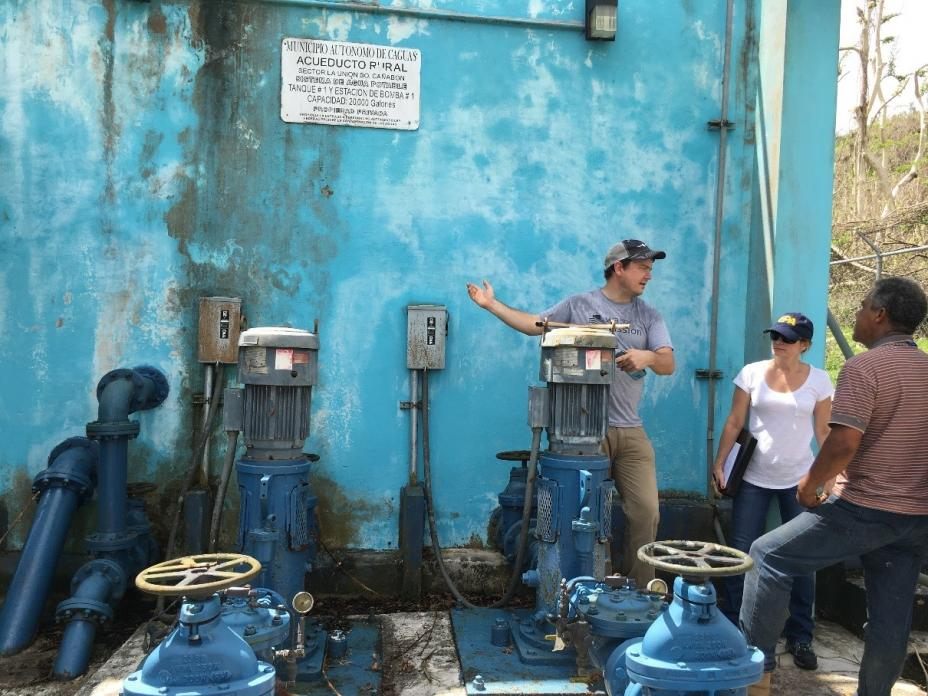
These violations are caused in part by the degradation of Puerto Rico’s water infrastructure, which is riddled with leaks that make the system vulnerable to further contamination. “There’s been a lot of disinvestment in water treatment plants and water pumping stations,” says Mekela Panditharatne, an NRDC lawyer who specializes in water.
The hurricane had a direct, dramatic impact on these existing problems. Across the island, taps stopped running and floodwaters rushed in, covering cars and houses. Padilla, the water engineering professor, remembers the water seeping in under her door being white and brown. “I was thinking, ‘That could be contaminated water,’ right in the middle of the hurricane,” she says.
Part of Padilla’s work on the ongoing groundwater contamination is to measure contaminants in the water people use, and to see if they have any connection to preterm births, a widespread problem in the territory. But when she and colleagues first thought to start sampling the water after the hurricane, they found roads blocked and cars commandeered by federal authorities. Even when they were able to make it to test sites, it was often impossible pump water from the usual sources. “There were limitations on what we were able to do,” she says. “We finally were able to start sampling after a month.”
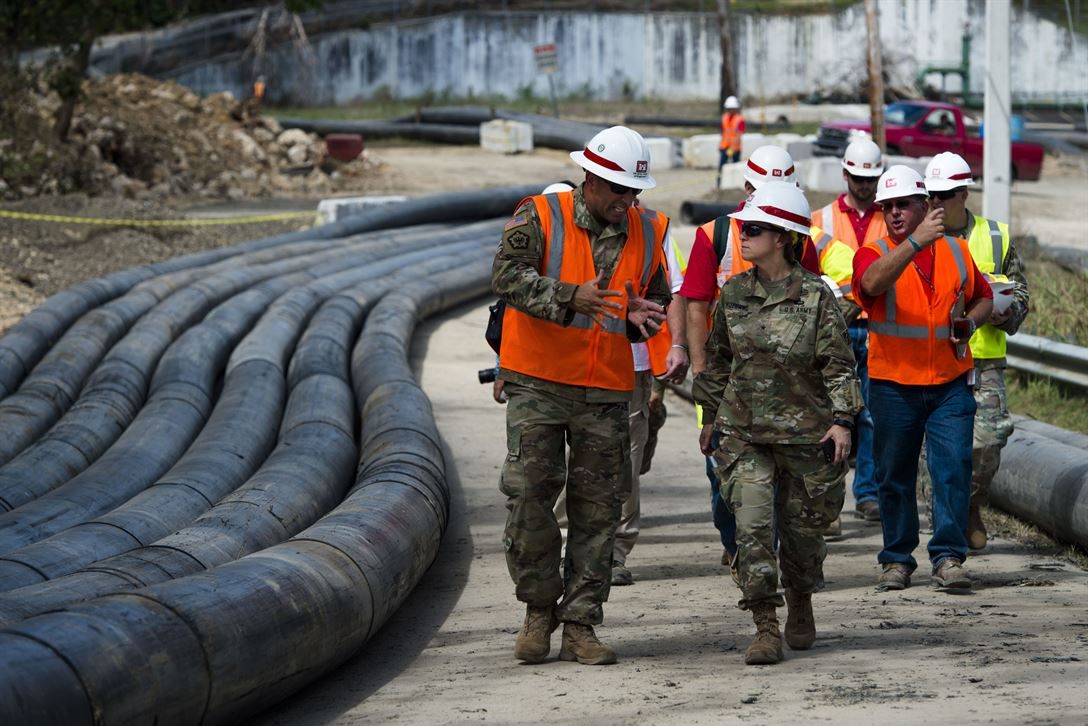
Clearly the hurricane had an impact on the island’s water quality in the short term, but Padilla is interested in its far-reaching impacts as well. “The impact by chemicals is generally longer term,” she says. “You’re not going to see that the next day.” The influx of floodwater could also have diluted the contaminants that had been a problem in the past. Those levels could be quick to return.
Now that conditions on the islands are finally starting to improve—Padilla got electricity back only in the past couple of weeks, she says—researchers are starting to think about their next steps. Another group is planning to work with local nonprofits and schools to sample water supplies around four other Superfund sites, including a battery-recycling facility and a naval training center, contaminated by munitions tests, in order to identify new risks of exposure.
In the first months after the storm, even the EPA had trouble accessing all the Superfund sites on the island—24 in total—but as of February the agency says it has assessed every one and found no major spills associated with the storm. Returning to the status quo, though, is far from ideal. Even before the storm Puerto Rico needed more than $2 billion to fix up its water infrastructure, and now the island needs billions more just to rebuild.

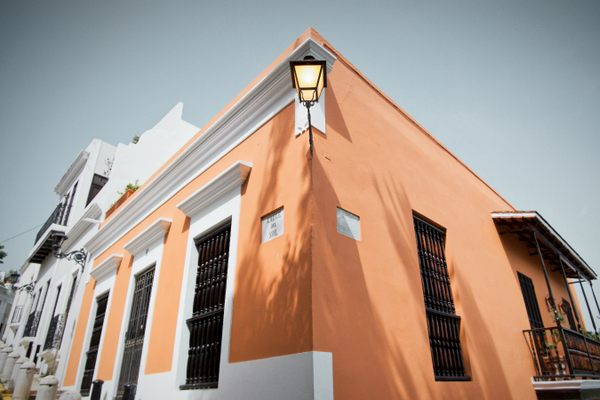



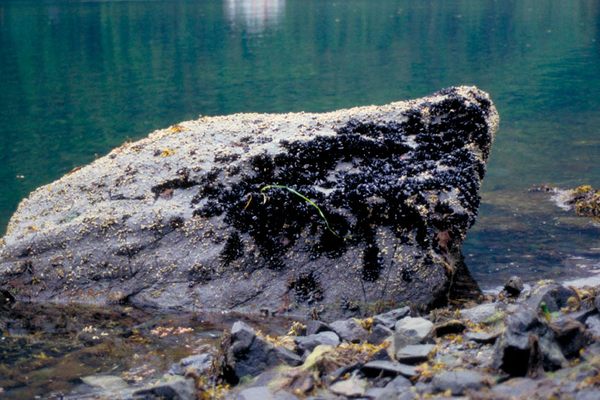





Follow us on Twitter to get the latest on the world's hidden wonders.
Like us on Facebook to get the latest on the world's hidden wonders.
Follow us on Twitter Like us on Facebook